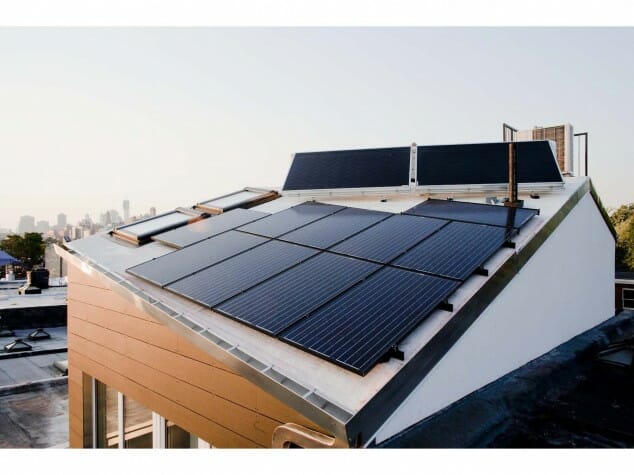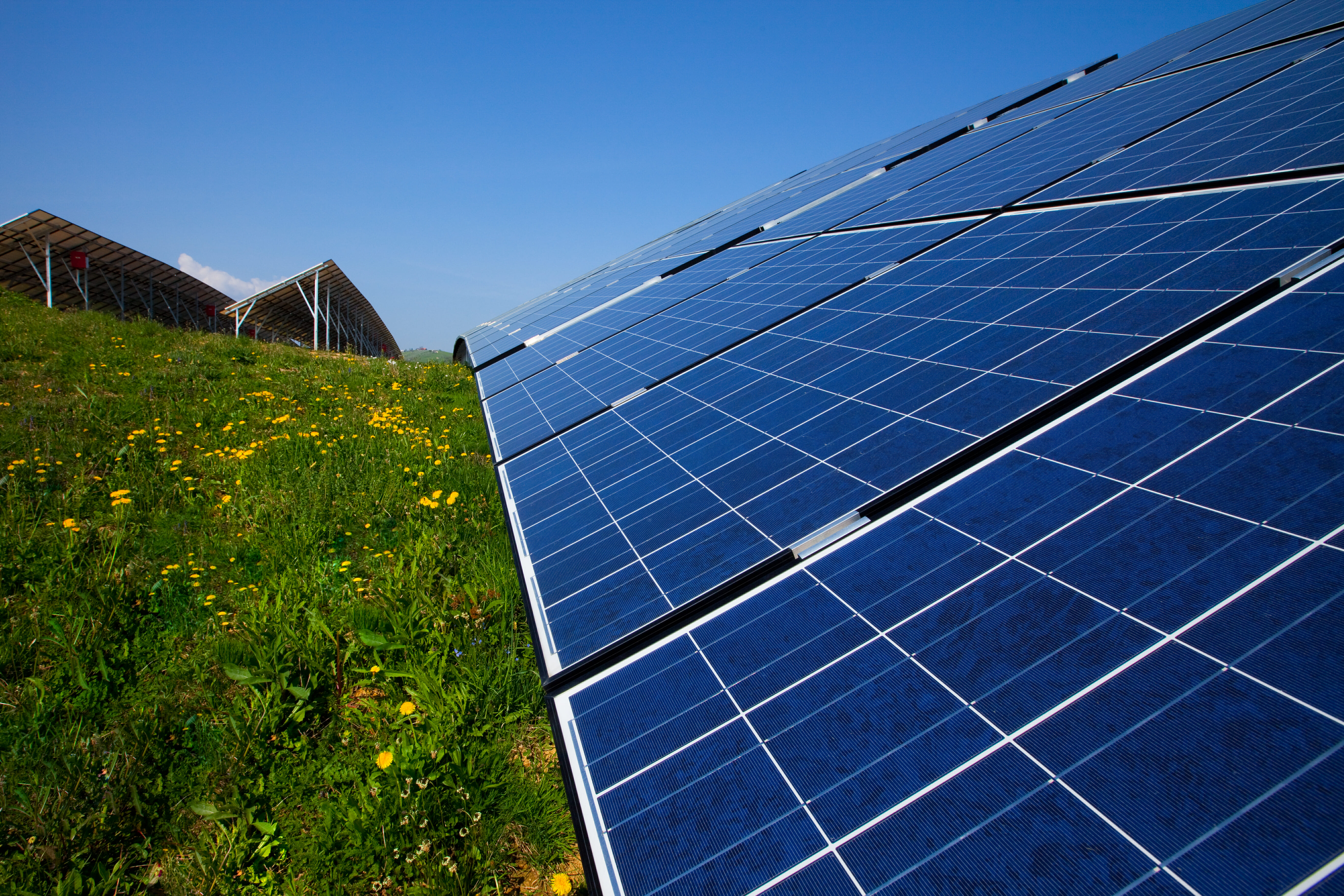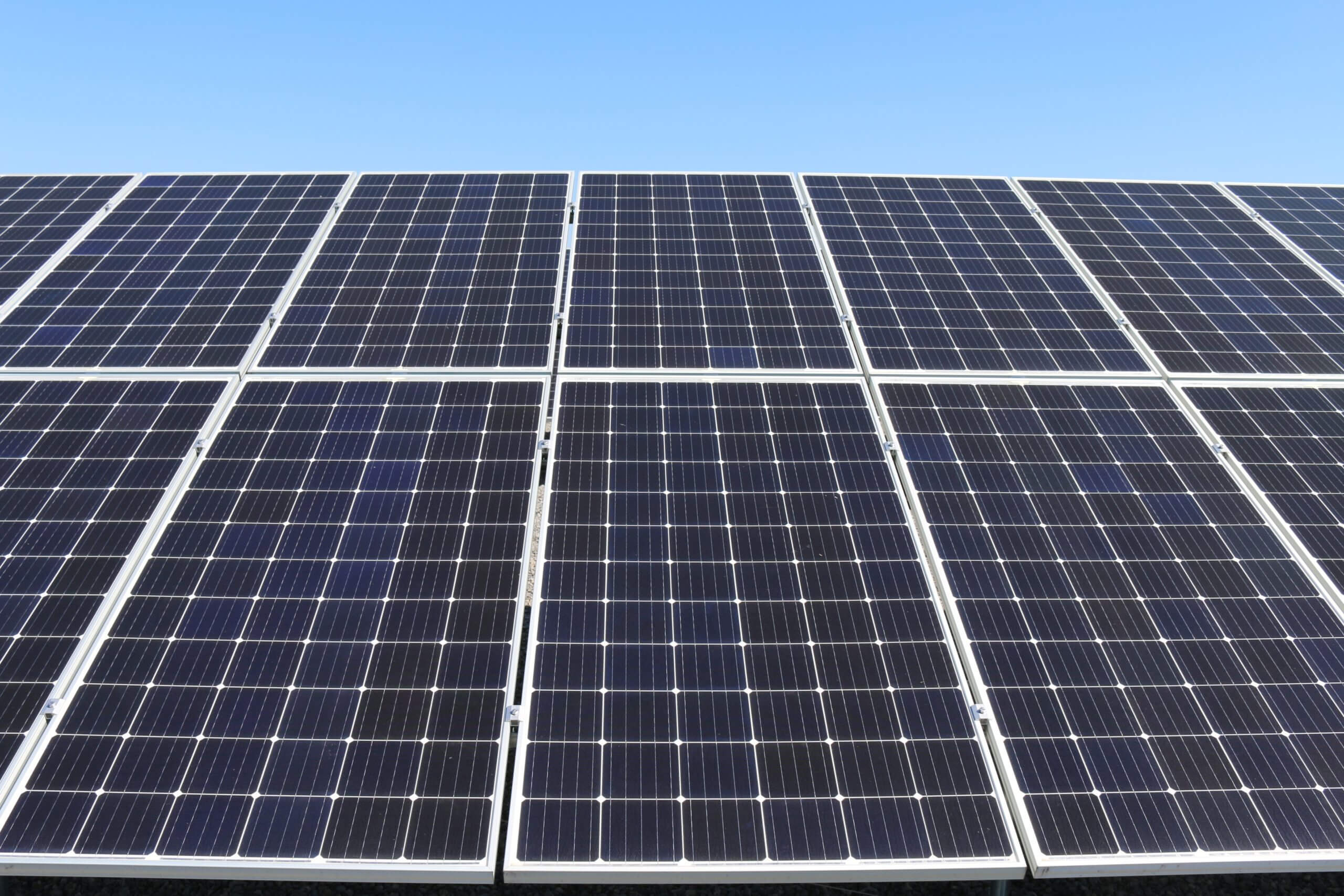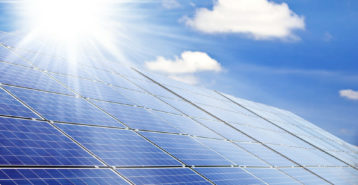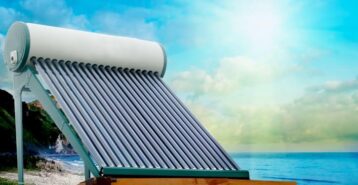What Is a Thin-film Solar Panel?
A thin-film solar panel is a lightweight, flexible type of solar panel designed for versatility. Unlike traditional monocrystalline and polycrystalline panels, which are built from rigid silicon wafers, thin-film solar panels use ultra-thin layers of photovoltaic material — often just a few micrometers thick. This unique design makes them easy to install on curved or irregular surfaces and ideal for creative applications. Other popular solar options include solar shingles, which blend seamlessly into your roof; polycrystalline panels, valued for their affordability; and monocrystalline panels, known for their sleek appearance and top-tier efficiency. Although thin-film solar panels are becoming more popular, they remain less common than monocrystalline and polycrystalline panels today.
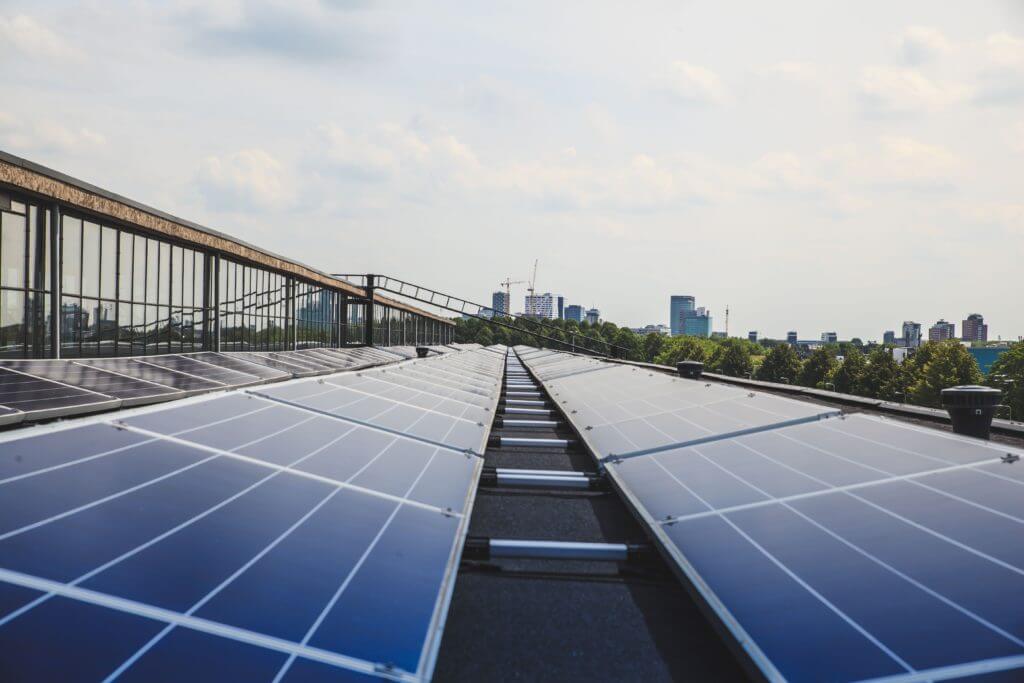
Pros and Cons
Pros: Thin-film solar panels are lightweight and flexible, which makes them easier to install on a variety of surfaces, even curved or irregular ones. They also perform better than traditional panels in low-light conditions and during high temperatures, providing more consistent energy production in challenging environments.
Cons: They typically have lower efficiency compared to monocrystalline panels, meaning they produce less electricity per square foot. Because of this, they require more roof space to generate the same amount of power, which can be a drawback for homes with limited installation area.
Thin-Film Solar Panel Types
There are several different types of thin-film solar panels, each designed for specific uses and offering unique benefits. Unlike traditional panels that rely on thick silicon wafers, thin-film options use extremely thin layers of photovoltaic material deposited onto a backing surface. This makes them flexible and lightweight, but the type of material used greatly impacts performance, durability, and cost.
Some of these panels are best suited for large commercial roofs, while others work well on smaller residential or mobile setups. Choosing the right type depends on factors like efficiency needs, budget, and available installation space.
Key Materials and Components
These panels are created using several types of photovoltaic materials:
- Cadmium Telluride (CdTe): Offers low production costs and a relatively high absorption rate, making it one of the most common thin-film options. However, cadmium is toxic and requires careful handling and proper disposal at the end of its lifespan.
- Amorphous Silicon (a-Si): A non-toxic option often found in smaller applications like solar-powered calculators or portable devices. While less efficient than other types, it is lightweight, affordable, and very versatile, making it a popular choice for flexible or unconventional surfaces.
- Copper Indium Gallium Selenide (CIGS): Known for having the highest efficiency among thin-film technologies, CIGS panels are also flexible, allowing them to fit curved or irregular surfaces easily. They deliver good performance in various light conditions, making them a strong contender for both residential and commercial projects.
Sizes
Thin-film solar panels come in a wide range of sizes to suit different installation needs. Manufacturers create small, flexible rolls perfect for mobile or portable applications. They also produce large sheets designed to cover expansive commercial roofs. Thanks to their flexible nature, these panels can be custom-sized to fit unique surfaces and architectural designs. This flexibility gives homeowners and businesses more freedom when planning a solar project.
Thin-film Solar Panels Cost
Thin-film solar panels are generally more affordable than monocrystalline and polycrystalline options. Costs typically range from $0.50 to $1 per watt, with a nationwide average around $0.75 per watt. For an average-sized U.S. home that needs a 6 kW system, this translates to a total cost between $9,000 and $15,000, depending on factors like installation complexity, roof size, and local labor rates.
While the lower upfront price is a major advantage, homeowners should weigh this against the lower efficiency and shorter lifespan of the solar panels. Considering long-term performance and energy savings is key when evaluating overall value of the different types of solar panels.
| Panel Type | Estimated Cost Range |
|---|---|
| Thin-Film | $9,000 to $15,000 |
| Monocrystalline | $15,000 to $25,000 |
| Polycrystalline | $12,000 to $20,000 |
Efficiency
Thin-film solar panels typically offer an efficiency range of 10% to 13%. This is lower than monocrystalline panels (15% to 22%) and polycrystalline panels (13% to 16%). They generate less power per square foot, so you’ll need more surface area to produce the same energy.
However, thin-film panels perform better than traditional panels in shaded areas and at higher temperatures. This makes them a strong choice for certain climates or challenging roof conditions. Their manufacturing process also uses less energy, which appeals to homeowners who want an eco-friendly option.
What Is the Lifespan of a Thin-Film Solar Panel?
Thin-film solar panels generally last 10 to 20 years, which is a bit shorter than the 25 to 30 years typical of monocrystalline and polycrystalline panels. While they may not last as long, continuous advancements in technology are steadily improving both their durability and overall performance. As innovation continues, future panels could offer even longer lifespans and better value for homeowners.
| Feature | Thin Film | Monocrystalline | Polycrystalline |
|---|---|---|---|
| Efficiency | 10% to 13% | 15% to 22% | 13% to 16% |
| Cost per Watt | ~$0.75 | $1 to $1.50 | ~$0.90 to $1 |
| Lifespan | 10 to 20 years | 25 to 30 years | 25 to 30 years |
| Flexibility | High | Low | Low |
| Best For | Large/commercial | Small rooftops | Mid-sized budgets |
Thin-Film Solar Panels vs. Monocrystalline
Monocrystalline panels stand out for their high efficiency and compact design, allowing them to generate more power even in smaller spaces. Homeowners with limited roof area often choose them to maximize energy production.
In contrast, thin-film panels work best on large areas where flexibility and low weight matter more than peak efficiency. Although they don’t match monocrystalline panels in performance or lifespan, they cost less — often around $0.75 per watt compared to $1 to $1.50 per watt for monocrystalline panels. You can install thin-film panels on unique surfaces, such as expansive commercial roofs, temporary structures, or curved designs. Ultimately, these panels offer a cost-effective solution for projects where traditional rigid panels don’t fit as well.
Are Thin-Film Solar Panels Right for You?
This type of solar panel offers an affordable and versatile alternative to traditional options. The lightweight, flexible design makes them ideal for projects where standard panels feel too heavy or rigid. Think unique architectural designs or large commercial rooftops.
Although they deliver lower efficiency and have a shorter lifespan, their lower cost per watt and easier installation make them a smart choice for many homeowners and businesses. If you’re planning a creative rooftop project or need to cover a wide surface area, understanding the strengths and trade-offs of thin-film solar panels will help you choose the best solution for your energy needs.
Compare top-rated solar pros in your area.
Read real homeowner reviews, explore qualifications, and view promotions. Modernize makes it easy to browse professionals and find one that will be perfect for your project.
